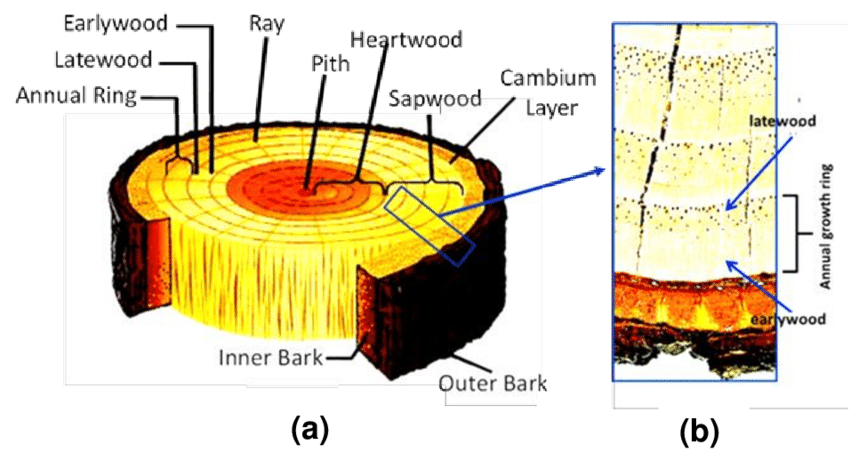Understanding Knots in Lumber
Knots in lumber are the remnants of branches that were once part of a living tree. As a tree grows, these branches develop and leave behind marks in the wood. While knots can add character to wood, they can also weaken the structural integrity of the lumber.
The Age Factor: Why Younger Trees Have More Knots
The number and size of knots in a piece of lumber are largely determined by the age of the tree from which it was harvested. Here’s why:

Rapid Growth and Branching:
- Younger Trees: Young trees are in a phase of rapid growth, producing numerous branches to maximize sunlight exposure and nutrient absorption. This results in a higher density of knots in the lumber derived from them.
- Older Trees: As trees mature, their growth rate slows down, and they shed lower branches. This natural pruning process reduces the number of knots in the older wood.
Branch Size and Strength:
- Younger Trees: The branches of younger trees are relatively small and weak. Over time, the tree’s natural growth processes can often incorporate these smaller branches into the trunk, leaving behind smaller, less impactful knots.
- Older Trees: Older trees develop larger, stronger branches. These branches can leave behind larger knots that can significantly affect the strength and appearance of the lumber.

The Case of Teak: A Special Consideration
Teak, a highly prized hardwood, is known for its durability, resistance to decay, and beautiful golden color. However, the age of the teak tree also influences the characteristics of the resulting lumber:
- Younger Teak:
- More knots, particularly near the center of the tree.
- Softer and less dense wood.
- Lighter color.
- Older Teak:
- Fewer knots, especially in the heartwood.
- Harder and denser wood.
- Richer, darker color.

While younger teak may be more affordable, older teak is generally considered superior in terms of quality, durability, and aesthetics.
In Conclusion
The age of a tree plays a crucial role in determining the quality and characteristics of the lumber it produces. While younger trees may offer more affordable options, older trees provide superior strength, durability, and appearance. When selecting lumber, it’s important to consider the specific needs of your project and choose the appropriate grade and age of wood.



















